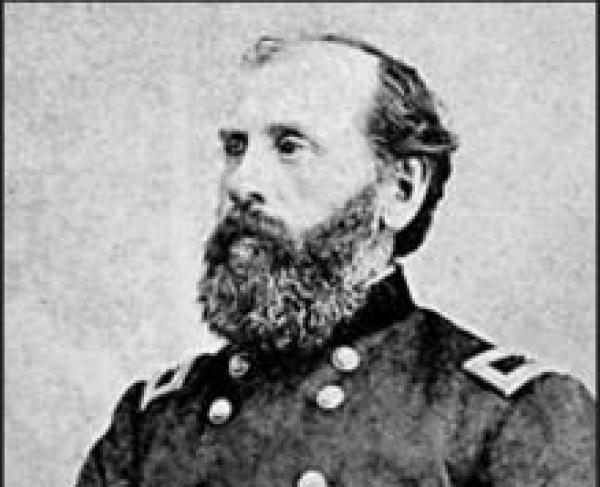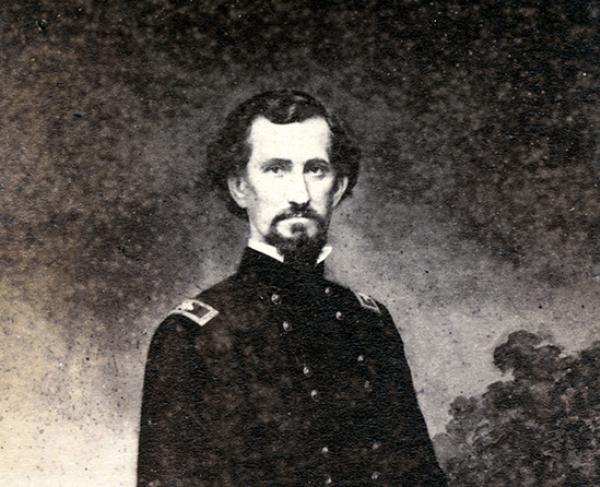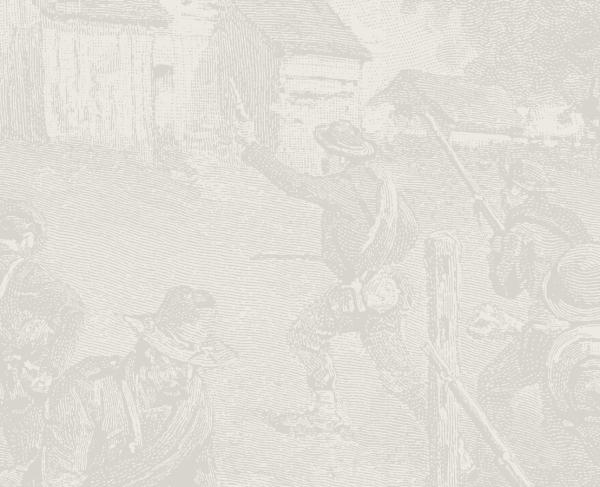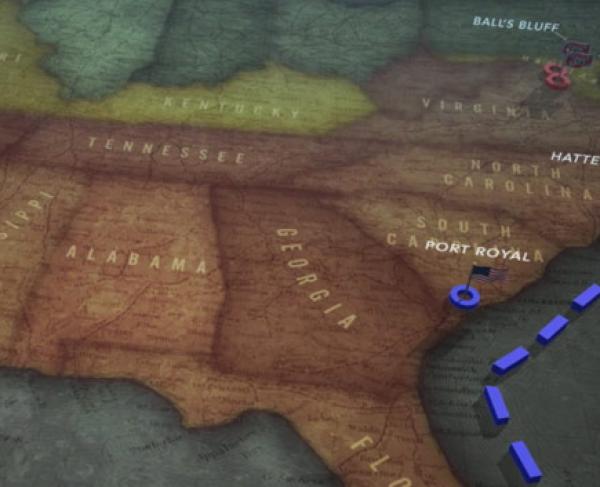Camp Wildcat
Wildcat Mountain
Laurel County, KY | Oct 21, 1861
On October 21, 1861, Confederate forces under the command of Felix Zollicoffer attacked Federal positions at Camp Wildcat along the Wilderness Road. In the resulting action, Zollicoffer was defeated and forced back into Tennessee. This victory was one of the first Union victories in Kentucky and provided a much-needed morale booster to the North.
How It Ended
Union Victory. After several hours of intense fighting, Zollicoffer realized that his men could not dislodge the Federals from their positions atop Wildcat Mountain. So, under cover of darkness, he withdrew his army back down the Wilderness Road.
In Context
In the fall of 1861, Confederate forces under the command of Felix Zollicoffer invaded the Commonwealth of Kentucky, taking over the Cumberland Gap and southeastern Kentucky. After defeating a Federal home guard unit in the Battle of Barbourville in September, Zollicoffer's forces had an open route of advance to the Kentucky interior.
After learning that Zollicoffer’s Confederate army defeated a Federal force at the Battle of Barbourville, Union General George H. Thomas dispatched Union forces under Colonel Theophilus T. Garrard to occupy a position near the Rockcastle River in the Wildcat Mountains. Soon Garrad established a base of operations known as Camp Wildcat. By October, Zollicoffer’s forces neared Garrard’s positions forcing the latter to call for reinforcements. Soon a brigade under the command of Albin F. Schoepf was sent to Garrard.
Early in the morning of October 21st, Schoepf moved four companies of the 33rd Indiana Infantry to occupy what was later known as Hoosier Knob, a bald hill overlooking the Wilderness Road. Around 9:00 a.m., Confederate skirmishers ran into the Hoosiers and quickly reported their presence to Zollicoffer. At about 9:30 a.m., the Confederates launched their attack up Hoosier Knob, the 17th Tennessee spearheading the assault. Repulsed, the Confederates launched another attack at noon, only to be turned back once again by the Federals.
25
53
Realizing his men could not dislodge the Federals, Zollicoffer decided to retreat down the Wilderness Road to Cumberland Gap. This victory was one of the first in Kentucky and provided a boost to Northern morale.
During the fall of 1861, Confederate forces under the command of Felix Zollicoffer advanced deep into southeastern Kentucky. After defeating a Federal force at the Battle of Barbourville in September, Zollicoffer’s forces advanced up the Wilderness Road. Union General George H. Thomas feared Zollicoffer might capture Lexington. To prevent this, Thomas dispatched forces to defend a crossing of the Rockcastle River near the Wildcat Mountains, blocking the Confederate advance.
Prior to the battle, Colonel Theophilus T. Garrard was tasked with moving into the area and defending it from a Confederate attack. The 7th Kentucky Infantry (US) and the 1st Kentucky Cavalry (US) made up part of his command. In the days after establishing Camp Wildcat, Kentucky Home Guard units arrived and bolstered Garrard’s numbers. The 1st Kentucky Cavalry fought along Hoosier Knob during the battle and helped repulse the Confederate attacks. The 7th Kentucky and the Home Guard units repelled the Confederate advance along the Wilderness Road.
Camp Wildcat: Featured Resources
All battles of the Offensive in Eastern Kentucky Campaign
Related Battles
7,000
5,400
25
53









